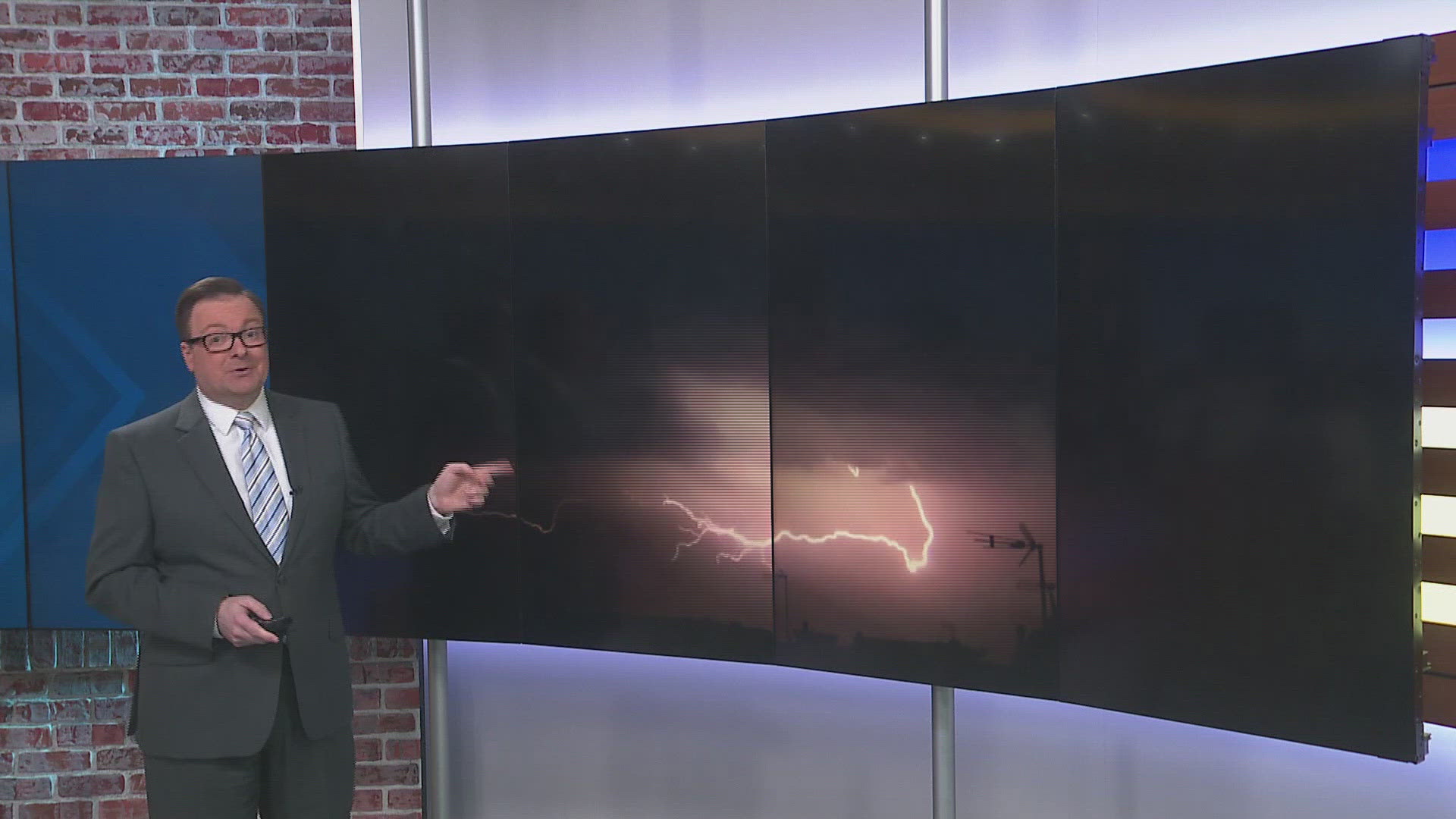NORFOLK, Va. — Summertime in Hampton Roads often means hot weather and thunderstorms. While many of us have enjoyed a summer afternoon on the porch, watching the lightning of a distant thunderstorm, there are quite a few myths still floating around.
Here are a few you may have heard, and the facts behind them, courtesy of the National Weather Service.
Myth: If you are in a house, you are 100% safe from lightning
Fact: A house is a safe place to be during a thunderstorm, as long as you avoid anything that conducts electricity. This means avoiding corded phones, electrical appliances, wires, TV cables, computers, plumbing, metal doors and windows.
Windows are hazardous for two reasons. First, wind generated during a thunderstorm can blow objects into the window, breaking it and causing glass to shatter and second, in older homes, in rare instances, lightning can come in cracks in the sides of windows.
Myth: Structures with metal, or metal on the body attract lightning
Fact: Height, a pointed shape, and isolation are the main factors that determine where a lightning bolt will strike.
The presence of metal makes absolutely no difference to where lightning strikes. Natural objects that are tall and isolated, but are made of little to no metal, like trees and mountains get struck by lightning many times a year.
When lightning threatens, take proper protective action immediately by seeking a safe shelter and don’t waste time removing metal. While metal does not attract lightning, it does conduct it so stay away from metal fences, railing, bleachers, etc.
Myth: If you're caught outside during a thunderstorm, crouch down or lie down flat
Fact: Crouching doesn't make you any safer outdoors while lying flat increases your chance of being affected by potentially deadly ground current. Run to a substantial building or hard-topped vehicle. You are NOT safe anywhere outdoors.
Myth: Lightning never strikes the same place twice
Fact: Lightning often strikes the same place repeatedly, especially if it's a tall, pointy, isolated object. The Empire State Building is hit an average of 23 times a year.
While it can be exciting to watch a distant thunderstorm, respect the power of one of nature’s most deadly killers. And remember, when “thunder roars, go indoors.”

